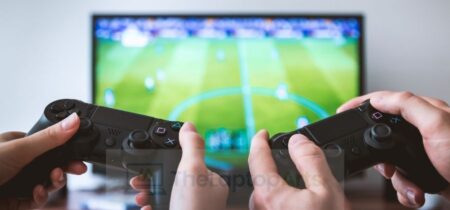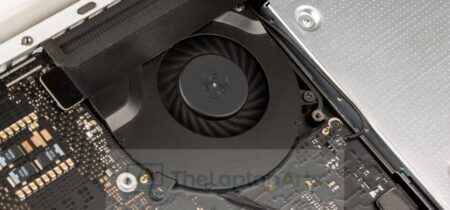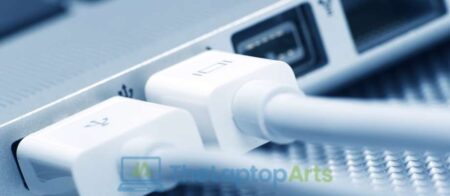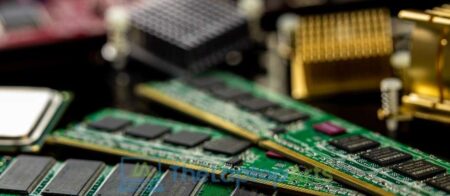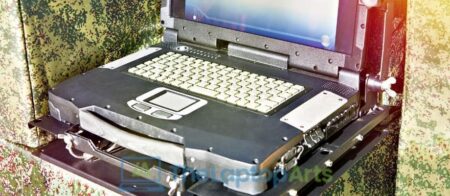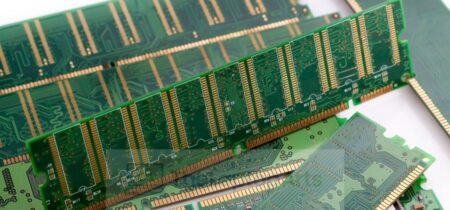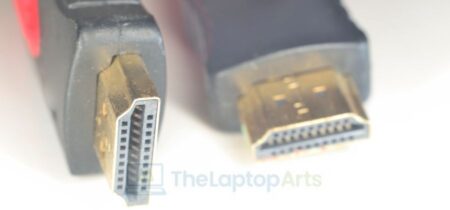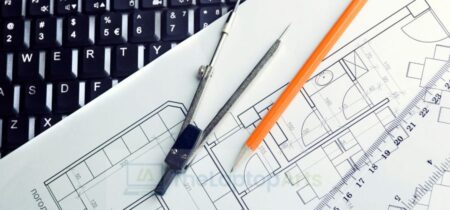Many people are looking for ways to cool down their laptops without using cooling pads. Here are some easy steps on how you can do it!
1. Power off the computer and wait for about 10 minutes for it to be cooled down.
2. Turn on the computer, then plug in the power adapter and connect it to a power source. If there is no comfortable place around your home or office, you can go out for a walk to have a breath of fresh air or take a nap.
3. If you often use your PC outdoors, do not stay long under the hot sun directly as this will cause your notebook’s CPU temperature to rise rapidly. When working outdoors, if possible choose dry places with moderate sunlight instead of staying long at sites that are shaded from sunlight or have direct sunlight hitting them.
4. Open the CPU fan grill and keep it facing down or toward the table surface to allow air to circulate around it. This will enable the heat generated by the CPU to be exhausted out of your notebook easily. Also, you can install an additional cooling pad for better heat dissipation .
5. Do not use your notebook PC in extremely hot areas such as next to a heater or fire source or in direct sunlight for long hours .
6. If you need to use your PC immediately after it has been shut down, wait about 10 minutes before doing so; this allows its internal temperature to cool enough that damage does not occur when powering on .
7. Keep away floppy disks, CDs/DVDs and other magnetic storage media whose surfaces might be easily scratched when your laptop is running .
8. Clean out the dust in the CPU fan and the air vents on a regular basis, with a small vacuum cleaner or compressed air . This will help keep your notebook’s ventilation performance at its best.
9. Do not place objects such as insulating materials next to your notebook PC if you want to reduce heat generation from it .
10. Do not excessively handle components inside your computer, such as system boards and expansion cards, while they are still hot from being used; this might damage them severely due to thermal expansion of various parts that occurs after a period of operation .
11. When turning off your notebook PC for storage or transport, do not remove the battery until it has been cooled down completely .
12. Do not leave your PC on the floor or put anything heavy on top of it .
13. If you frequently use your notebook PC in an environment where there is excessive dust, install a portable air filter next to it; this will prevent dust from entering the computer’s various parts .
14. When not using your notebook PC for long periods of time (such as when storing it), remove its battery and store it separately; preferably, keep them in an area with relatively low humidity levels . You can also wrap its battery pack in insulating materials such as bubble paper or Styrofoam sheets before putting them away .
15. Turn off programs running in the background (such as screen savers) when using your notebook PC under normal conditions .
16. When your notebook PC is in use, do not leave it alone for long periods of time (such as leaving it on when you go out); this will help reduce heat generation from the computer .
17. Do not place objects such as salt shakers and pepper mills on top of your notebook PC .
18. If the air vents on your notebook PC are blocked or if its internal fan cannot rotate properly due to a buildup of dust, etc., you should open up the computer and clean all dust and other accumulations away before using it .
19. Remove any unnecessary components from inside your computer while it is plugged in but turned off ; this will prevent them from absorbing excessive levels of heat that could damage their performance or lifespan .
20. Always keep your notebook PC plugged in (to an AC outlet) when it is turned on .
21. When using your notebook PC, make sure the vents are not blocked and position it so that cold air can enter them freely; do not place it on a soft surface such as a mattress or pillow.
22. Do not install your computer near equipment that makes electromagnetic interference (such as loudspeakers or cordless phones); this will help prevent malfunctions and performance problems caused by such interference .
23. Do not put anything beside your notebook PC except its original box; never use it with any kind of cover attached .
24. If you frequently use your PC under conditions where there is excessive dust around , sometimes removing all power sources from its main unit and waiting a few minutes before turning it back on again will help keep the dust from entering your computer .
25. When transporting your PC or carrying it with you, make sure to wrap its power cord fully around the main unit as well as any other cables attached to it; this will help prevent damage due to accidental yanking of these cables .


